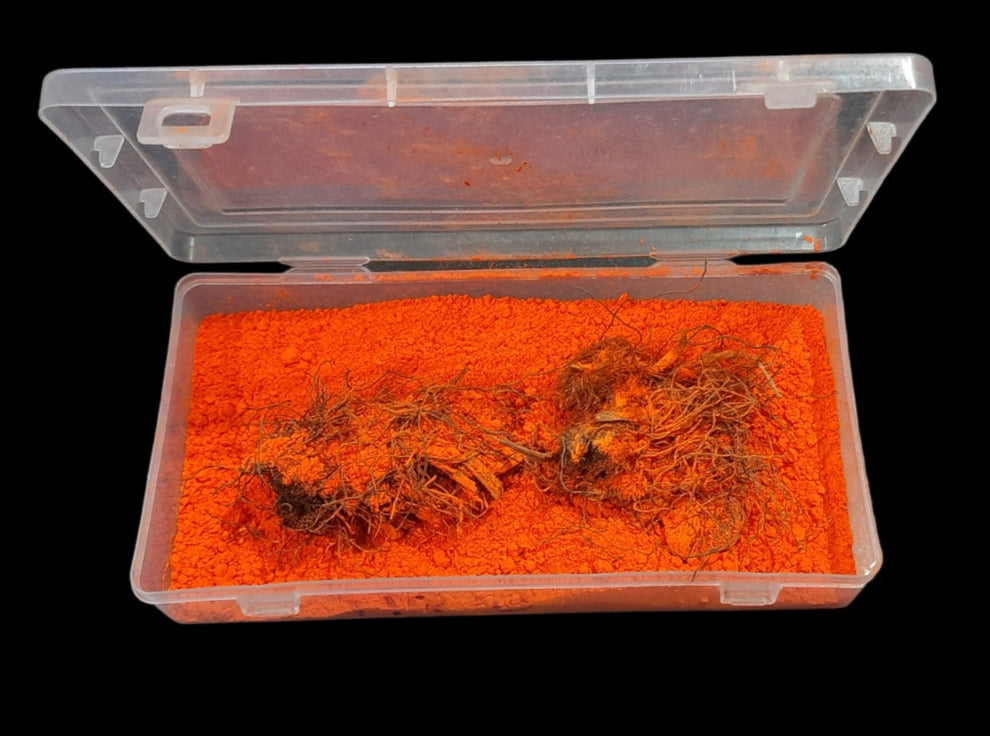 |
The Great Mosque of Mecca |
The Great Mosque of Mecca: The Holiest Site in Islam
Author: Amit Goyal
Introduction
The Great Mosque of Mecca, also known as Masjid al-Haram, is the largest mosque in the world and the holiest site in Islam. Located in Mecca, Saudi Arabia, it surrounds the Kaaba, the place which Muslims worldwide face during their daily prayers. This sacred mosque has immense religious, historical, and cultural significance for Muslims around the globe.
Historical Significance
Origins and Construction
The origins of the Great Mosque of Mecca can be traced back to the time of the Prophet Ibrahim (Abraham) and his son Ismail (Ishmael), who, according to Islamic tradition, built the Kaaba. The mosque has undergone numerous expansions and renovations throughout history, with significant contributions from various Islamic caliphates and modern-day Saudi rulers.
Architectural Marvel
The Great Mosque of Mecca is an architectural masterpiece, featuring a mix of traditional Islamic architecture and modern engineering. The mosque covers an area of 356,800 square meters (88.2 acres) and can accommodate up to four million worshippers during the Hajj pilgrimage. The mosque's design includes 9 minarets, each 89 meters tall, and 104 gates to facilitate the flow of pilgrims.
Preservation and Restoration
Over the centuries, the Great Mosque of Mecca has seen various preservation and restoration efforts to maintain its structure and accommodate the growing number of pilgrims. Modern expansions, particularly under the Saudi kings, have added new facilities, including air conditioning, escalators, and crowd control systems, to ensure the safety and comfort of visitors.
Myth and Symbolism
Religious Significance
The Great Mosque of Mecca holds profound religious significance for Muslims. It is the focal point of the Hajj pilgrimage, one of the Five Pillars of Islam, which every Muslim is required to undertake at least once in their lifetime if they are able. The Kaaba, located at the center of the mosque, is considered the "House of Allah" and is the direction (Qibla) Muslims face during prayer.
Legends and Traditions
Numerous legends and traditions are associated with the Great Mosque of Mecca. One such legend is that the Black Stone (Hajar al-Aswad) set into the corner of the Kaaba was given to Ibrahim by the angel Jibril (Gabriel). Another significant tradition is the Tawaf, where pilgrims circumambulate the Kaaba seven times during the Hajj and Umrah pilgrimages.
Visiting the Great Mosque
Best Season to Visit
The best time to visit the Great Mosque of Mecca depends on the purpose of the visit. For those performing Hajj, the pilgrimage dates are fixed according to the Islamic lunar calendar and fall in the last month of the Islamic year, Dhu al-Hijjah. For Umrah, which can be performed at any time of the year, the cooler months from November to February are preferred to avoid the extreme summer heat.
How to Reach
Mecca is accessible by air, with the nearest airport being King Abdulaziz International Airport in Jeddah, about 100 kilometers (62 miles) away. From Jeddah, visitors can take buses, taxis, or private transport to reach Mecca. The city is well-connected by road, and the Saudi government provides special transport services for pilgrims during Hajj.
Entry Fees and Timings
There are no entry fees for visiting the Great Mosque of Mecca. The mosque is open 24 hours a day, all year round, to accommodate the continuous influx of pilgrims and worshippers. However, access to certain areas may be restricted during prayer times and special religious events.
Guided Tours
While guided tours are not typically offered within the Great Mosque itself, there are numerous educational programs and resources available to help visitors understand the mosque's significance and the rituals performed there. Many travel agencies offer comprehensive Hajj and Umrah packages that include guides, educational materials, and support services.
Architectural Details
Main Structure
The main structure of the Great Mosque of Mecca encompasses the Kaaba and the central courtyard where the Tawaf is performed. The mosque's design features vast open spaces, marble floors, and intricate calligraphy and tile work that reflect Islamic art and architecture. The central courtyard can accommodate hundreds of thousands of worshippers during peak times.
Iconic Features
Some of the iconic features of the Great Mosque include the Maqam Ibrahim (Station of Abraham), the Zamzam Well, and the Black Stone set into the Kaaba. These elements hold deep religious significance and are integral to the rituals performed during Hajj and Umrah. The mosque also features beautifully crafted minarets and domes that enhance its grandeur.
Additional Structures
In addition to the main prayer hall and courtyard, the Great Mosque complex includes various facilities to support the needs of pilgrims, such as ablution areas, medical centers, and accommodation for mosque staff. Recent expansions have added new prayer halls, covered areas, and modern amenities to improve the overall experience for visitors.
Cultural and Spiritual Experience
Religious Services
The Great Mosque of Mecca is a hub of religious activity, hosting daily prayers, Friday sermons, and special services during Ramadan and Hajj. The mosque's Imams deliver sermons and lead prayers that are broadcasted to millions of Muslims worldwide. The atmosphere during these services is deeply spiritual and reverent.
Pilgrimage and Prayer
Performing Hajj or Umrah is a profound spiritual journey for Muslims. The rituals, including Tawaf, Sa'i (walking between the hills of Safa and Marwah), and standing at Arafat, are designed to bring pilgrims closer to Allah and foster a sense of unity among the Muslim community. The Great Mosque serves as the focal point for these acts of worship.
Art and Architecture
Art and architecture play a significant role in the aesthetic and spiritual experience of the Great Mosque of Mecca. The mosque features intricate Islamic calligraphy, geometric patterns, and floral motifs that adorn the walls, ceilings, and arches. The use of high-quality materials, such as marble and gold leaf, adds to the mosque's majestic and sacred ambiance.
Preservation and Conservation
Heritage Site
The Great Mosque of Mecca is not only a religious site but also a cultural heritage landmark. Efforts to preserve its historical and architectural integrity are ongoing, ensuring that future generations can continue to experience its beauty and significance. The mosque's status as a UNESCO World Heritage Site underscores its importance to the global Islamic community.
Government and Community Initiatives
The Saudi government, along with various international organizations, has implemented numerous initiatives to enhance the infrastructure and facilities of the Great Mosque. These efforts include expanding the mosque's capacity, improving accessibility for disabled and elderly pilgrims, and integrating advanced technology to manage the flow of visitors efficiently.
Challenges and Solutions
Preserving the Great Mosque of Mecca poses several challenges, including managing the large number of pilgrims, environmental factors, and the wear and tear of the structure over time. To address these issues, continuous maintenance, restoration projects, and the use of modern engineering techniques are essential. Collaborative efforts between the government and the local community play a crucial role in overcoming these challenges.
Practical Tips for Visitors
Hiring a Guide
While guided tours are not common within the mosque, hiring a guide for the overall pilgrimage can be beneficial. Guides can provide valuable insights into the rituals, historical context, and logistical aspects of performing Hajj or Umrah, making the experience more meaningful and organized.
Staying Hydrated and Comfortable
Mecca's climate can be extremely hot, particularly during the summer months. It is essential for pilgrims to stay hydrated by drinking plenty of water and using sun protection. Wearing comfortable, breathable clothing and footwear will help manage the long walks and standing periods during the rituals.
Respecting Local Customs
Respecting local customs and traditions is vital when visiting the Great Mosque of Mecca. Pilgrims should dress modestly, behave respectfully, and follow the guidelines set by the mosque authorities. Maintaining a quiet and reverent demeanor is crucial to preserving the sanctity of the site.
Photography Restrictions
Photography within the Great Mosque of Mecca is generally discouraged to maintain the sanctity and privacy of the worshippers. Pilgrims should adhere to the mosque's policies regarding photography and avoid taking pictures during prayer times or in restricted areas.
Exploring the City
Mecca is a city rich in history and culture, with many significant sites to explore beyond the Great Mosque. Notable places include the Jabal al-Nour (Mountain of Light), where the Prophet Muhammad received his first revelation, and the Abraj Al Bait Towers, which offer stunning views of the mosque and the city. Visitors can also explore local markets and try traditional Saudi cuisine.
Conclusion
The Great Mosque of Mecca stands as a testament to the enduring faith, architectural brilliance, and cultural heritage of the Islamic world. Its significance as the holiest site in Islam, combined with its breathtaking beauty and spiritual ambiance, makes it a destination of profound importance for Muslims worldwide. A visit to Masjid al-Haram offers a deeply enriching experience that connects pilgrims to their faith and history.









.jpg)


















